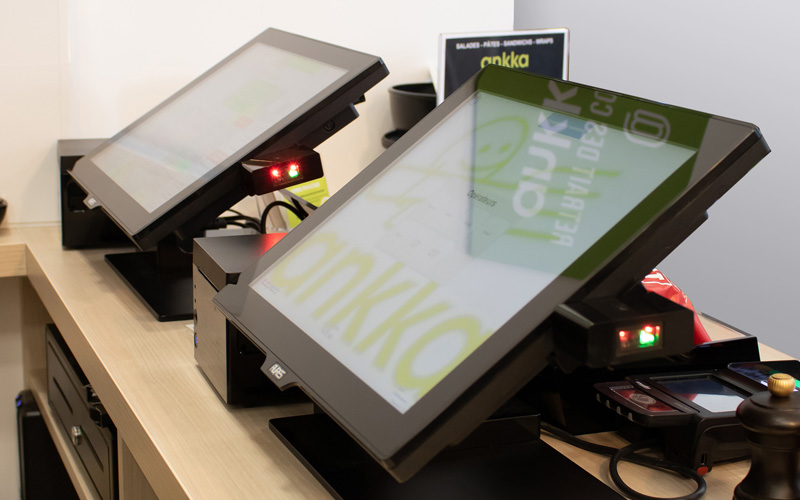When it comes to buying new point of sale technology, businesses often tend to be conservative in investing money on new projects and hardware solutions. As projected returns are frequently a mix of forecasting and guesswork, it’s not surprising that business owners would err on the side of frugality for up-front technology purchases.
However, hedging bets and trying to lower the initial capital cost with a more affordable piece of hardware may not always result in higher profits. Businesses could be missing out on far greater performance gains that a higher spec’d alternative would bring.
Further, cheaper solutions typically do not offer the same operational lifespan as more premium-priced products. They often have more performance issues and require more maintenance, increasing operating costs and risking business down-time due to unexpected failure in the long run.
With POS hardware, the facts are simple – better quality products give you better value in the long term. Here’s why.
Understanding the real costs of running a POS system
It all comes down to total cost of ownership (TCO). Our colleagues at AURES UK conducted a study evaluating this and found that, when you factor in support and maintenance over the operational lifetime of a piece of POS hardware, the initial purchasing cost on average only accounts for 34% of the TCO.
By focusing on the showroom price of a new set of POS hardware, you could say businesses are looking at the wrong thing. Two-thirds of the total cost of running those machines are going to come after purchase. If you want to talk about cost efficiency, that’s where business owners should pay most attention.
We also know that, on average, the cheaper the POS equipment, the higher the operating costs. Let’s spell out what we mean here – cheaper terminals often aren’t as well made and they experience problems more often than products at the premium end of the market.
It isn’t just the maintenance and repair costs needing to be factored here. Our colleagues in the UK found that the average cost of a single terminal failure in terms of lost productivity and revenue was close to $500 per hour.
Finally, we also need to understand the longevity of a piece of hardware. The longer a POS terminal lasts you, customarily without requiring lots of ongoing maintenance, the more opportunity it has to give you a better return on your initial investment.
Again, it comes down to build quality, resilience, and performance – just as cheaper hardware is more likely to experience faults and outages, it is also more likely to reach the end of its operational life much sooner. So yes, it might have been more affordable up-front. However, you will end up investing that money into a new system much sooner than if you would have spent the extra on a higher quality product.
At AURES, we focus squarely on performance, reliability, and longevity with every POS product we manufacture. We make no bones about the fact that, as a result, our equipment might cost a little more than what you can find from rival vendors.
However, when all is said and done, we guarantee that better quality wins out with better value. Less maintenance, less downtime, and optimized performance over a longer period of time – so you can focus more time on your customers and less on troubleshooting.




